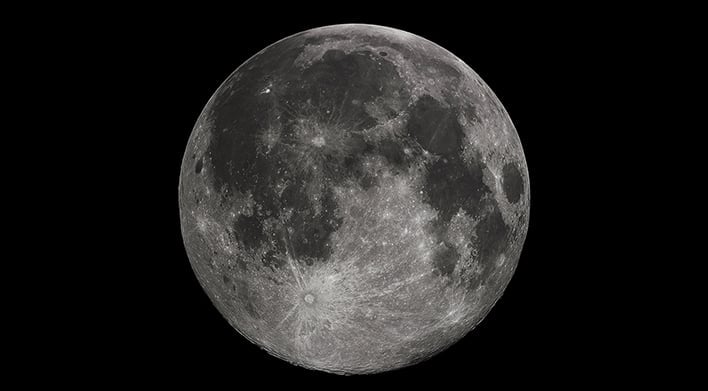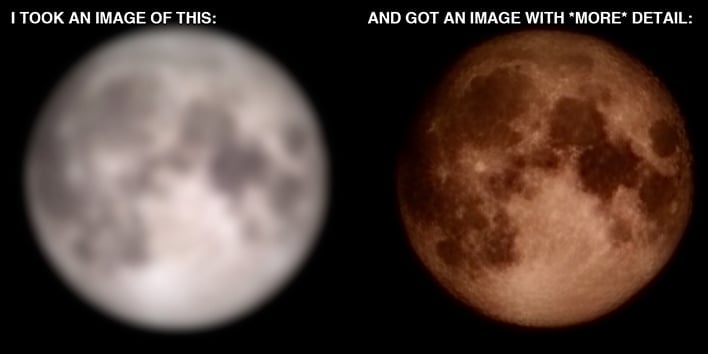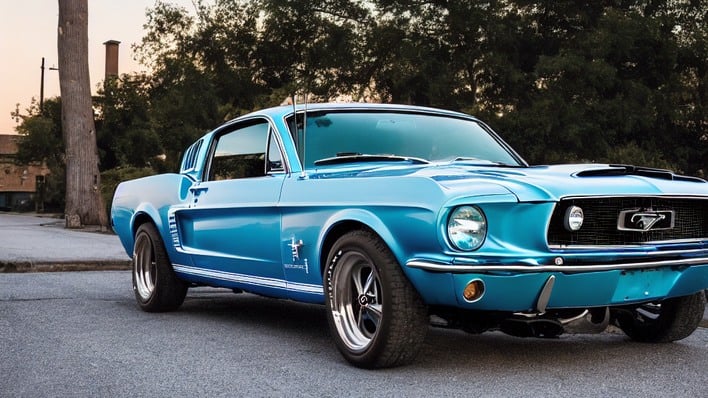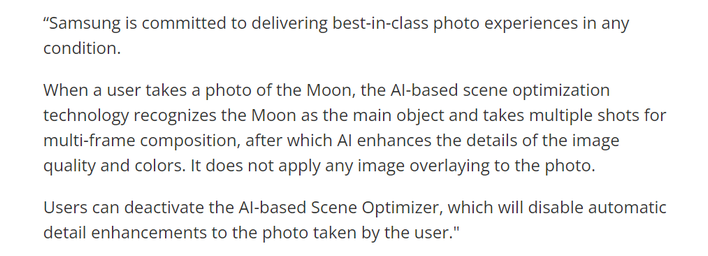Samsung Denies Its Space Zoom Camera Feature Is Faking Moon Photos

Every new generation of smartphones has some sort of fancy gimmick as a selling point, and one of the key features of Samsung's Galaxy S22 Ultra was "Space Zoom". (It's also present on the Galaxy S23.) The idea is that the phone has a 100x electronic zoom ability due to the insanely high 200-megapixel resolution of its camera. Using this zoom, you can purportedly take clear photos of objects as distant as Earth's moon.

Image: /u/ibreakphotos on Reddit
Well, anytime a technology company makes a claim that sounds even slightly too good to be true, you can bet that nerds on the internet are going to take them to task for it. That's exactly what happened in this case, where a Redditor subjected Samsung's phone to what we might call an "adversarial" test, and it failed spectacularly—at least according to Reddit. You can read the full story in our coverage from yesterday.
Today, Samsung has responded to those allegations in an e-mail to Tom's Guide. Samsung's response reads as below:
Screenshot of Samsung e-mail response to Tom's Guide.
It's an interesting response, because Samsung doesn't actually deny that the photos are being massaged, and in fact clearly admits to doing so. What Samsung specifically denies is whether the phone is overlaying a pre-existing moon image over the captured photo. Huawei was found to be doing this in its phones a few years ago, and was rightfully called out for it.
So, if Samsung's not overlaying a photo, what exactly is happening here? It's probably exactly what Samsung said it is: AI-based "detail enhancement." In other words, when you snap that blurry photo of the moon using Space Zoom, Samsung's neural network recognizes it as a moon photo, figures out the general angle of the moon relative to the camera position, and then fills in details to look more like a sharp and clear moon photo.

As such, the phone is absolutely still 'faking' the moon photos, just not in the specific way that Samsung was accused of doing it. If you'd like to see what your 200-megapixel phone is actually capable of, you'll want to disable the "Scene Optimizer" feature in the camera settings. Just make sure you have a tripod, too—anything operating at 100x zoom is going to need absolute stability for any hope of getting a clear photo.


